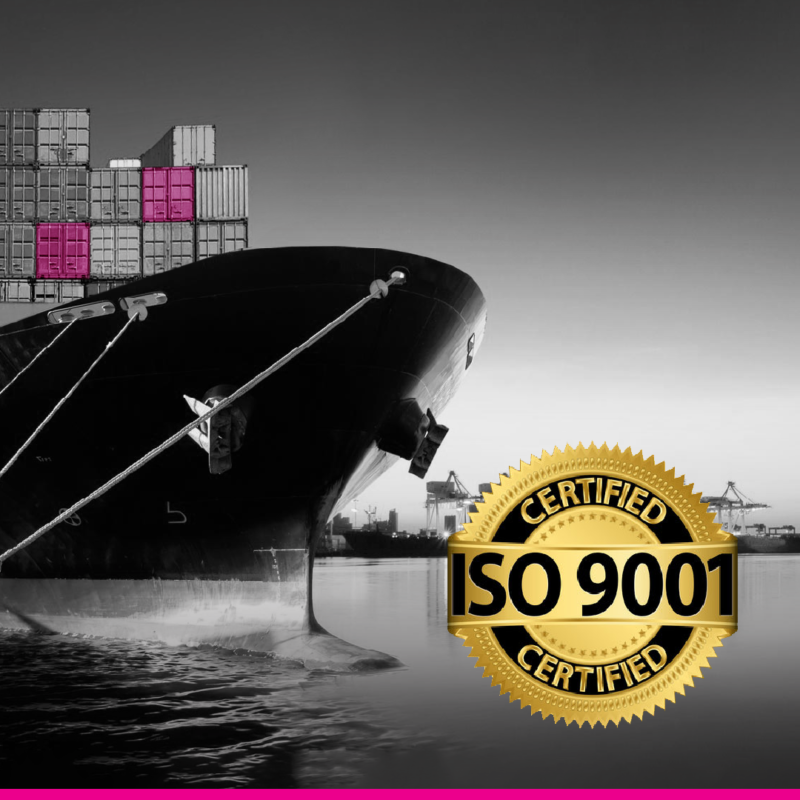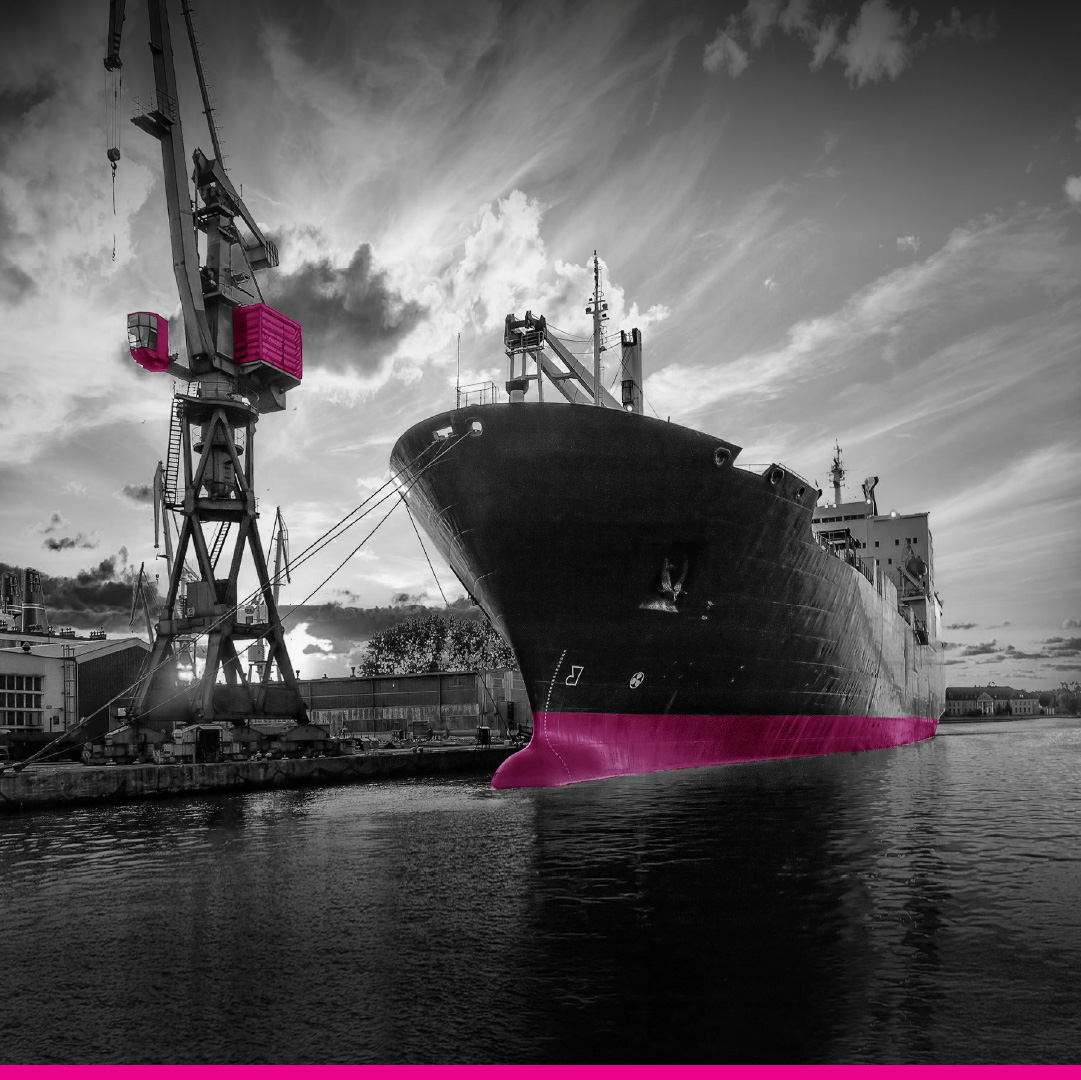Imaginations about the future are coming true – drones are being used in a wider range of industries every year. This also applies to the maritime industry. Undoubtedly, the greatest advantage of drones is that they are small, efficient, and fast, and they will safely reach places where conditions may be dangerous for humans.
Imaginations about the future are coming true – drones are being used in a wider range of industries every year. This also applies to the maritime industry. Undoubtedly, the greatest advantage of drones is that they are small, efficient, and fast, and they will safely reach places where conditions may be dangerous for humans.
Ships require regular inspections to ensure maximum safety. However, the inspections themselves carry a risk for the professionals who perform them. Ship inspection requires many hours of work, often in the dark, with ropes at heights, or with potentially dangerous machinery.
Cameras placed on the drone helps to observe objects from a safe distance.
These advantages make drones ideal data collection tools for ship inspection. Drones can reach and identify a problem quickly and even while at sea. As a result, the time and cost of problem diagnosis and resolution can be significantly reduced.
The drone’s operation is quiet and fast, and above all, it has many more possibilities than, for example, static cameras. One drone can document many times more than several strategically placed (but immobile) cameras.
According to Frederiksen & Knudsen (2018) the maritime sector drones are successfully exploited in:
- routine inspections such (for example hull surveys),
- inspections of flare stacks, tops of cranes, and confined spaces,
- remote inspections of the hull exterior or the interior of tanks and other areas where surveyors cannot reach during typical on/off-hire condition surveys or routine inspections;
- inspection during repair, conversion, and newbuilding of ships or prior to handover;
- damage surveys after an incident;
- inspection prior to reactivation of ships;
- inspections of moorings and anchorages;
- inspection of tow arrangements from tow lines through to an unmanned towed object;
- aerial inspections with sensors, which allows pictures and videos to be taken.
But inspection is not the only way the maritime industry can use drones. There are many more potential ways, just to name a few:
- support for operations on the open seas and in ports;
- search and rescue operations,
- harbor monitoring,
- pollution monitoring.
Taking into account the efficiency, the reduction of risk to people as well as the significant reduction of costs, drones seem to be the obvious answer to what ship inspections can look like.
Increasingly, inspectors use the capabilities of unmanned aviation to inspect buildings, structures, ships, machines, and power lines. Drones are also used to perform thermal imaging measurements of buildings and heat transmission networks.
We also, together with our partners, carry out inspections with the use of drones. Take advantage of new technologies and our experience in such projects. Please do not hesitate to contact us!


